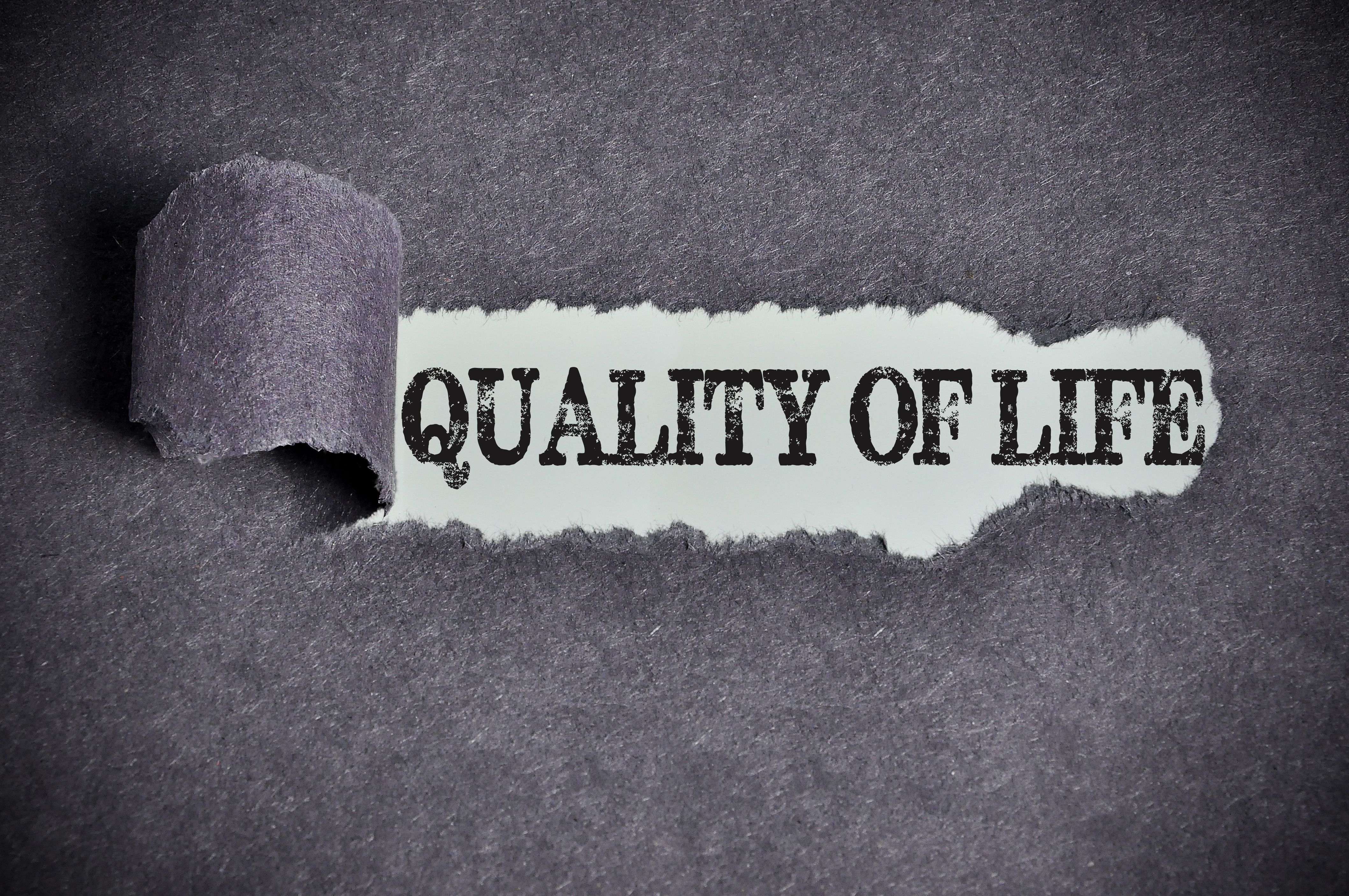News
Article
New HRQOL Measurements Necessary for Patients With AA
Author(s):
The impact alopecia areata (AA) has on patients' health-related quality of life (HRQOL) may not be accurately measured with EQ-5D-5L, suggesting the need for alternative assessments.
The impact alopecia areata has on patients' health-related quality of life may not be accurately measured with EQ-5D-5L, suggesting the need for alternative assessments. | Image Credit: underverse - stock.adobe.com

The EQ-5D-5L measurement may not accurately represent the burden of alopecia areata (AA) on patients’ health-related quality of life (HRQOL), suggesting other measurements should be considered when evaluating treatment-related benefits with hair regrowth, according to a study published in PharmacoEconomics Open.1
The EQ-5D-5L is known as a generic measure of HRQOL to estimate the quality-adjusted life-years (QALYs) of a patient. This measurement is preferred by decision makers like the National Institute for Health and Care Excellence (NICE) in the UK. NICE supports the EQ-5D-5L measurement because it offers a high degree of standardization that reduces uncertainty in decision-making.
AA is a hair loss disorder that ranges from small bald patches to complete loss of scalp, face, and/or body hair. In 2019, there were an estimated 18.4 million cases of AA worldwide. The condition alters patients visually, leaving their confidence, self-image, and social relationships to suffer. In 2020, alopecia globally accounted for 601,000 disability-adjusted life-years (DALYs) and among them, 410,000 DALYs were identified in people aged 15 to 49 years.2
Some studies have found the greater the hair loss, the more likely a patient could experience social functioning impairments, struggle to carry out daily activities, and report impaired mental health measured by dermatology-specific and HRQOL instruments.1 In the current study, the psychometric performance of the EQ-5D-5L was evaluated against the Short Form 36 version 2 (SF-36v2), another generic HRQOL measure that can be applied to AA populations.
The SF-36v2 measurement instrument assesses HRQOL utilizing 8 domains and 2 summary scores. Summary scores allow a simple routine-based method for defining patients’ HRQOL. The 8 domains of SF-36v2 measurements are physical functioning, role limitations due to physical health, bodily pain, general health perceptions, vitality, social functioning, role limitations due to emotional problems, and mental health.3
Similarly, the EQ-5D-5L measures HRQOL based on mobility, self-care, usual activities, pain/discomfort, and anxiety/depression.1 The assessment includes an additional self-rating of overall patient health. Individuals rate each dimension utilizing 5 response levels. Scores range from 0 (equal to death) through 1 (full health), while negative values reflect health states considered worse than death.
The current study was designed to “explore the psychometric properties, including ceiling and floor effects, responsiveness, factor structure, convergent validity, and known-groups validity, of the EQ-5D-5L in people with AA,” stated the authors.
The study used data from the ALLEGRO-2b/3 trial of ritlecitinib in AA (NCT03732807). Participants were from Argentina, Canada, Chile, China, Colombia, Czech Republic, Germany, Hungary, Japan, Mexico, Poland, the Republic of Korea, Russia, Spain, Taiwan, and the US. Every participant had to have at least 50% or greater scalp hair loss, and follow-up lasted 48 weeks.
A total of 612 participants were included in the study across 3 timepoints measured at baseline, week 24, and week 48. About 22% of the study sample had alopecia universalis: complete hair loss of the scalp, face, and/or body. Almost all participants experienced eyebrow or eyelash hair loss (88.1%).
The study utilized the "ceiling effects" measurement to score participant HRQOL where the “floor” refers to the lowest scores and “ceiling” is associated with the highest or best scores. Results showed that more than half of participants at all 3 timepoints reported themselves in full health at EQ-5D-5L state 11111 (baseline, 55.9%; week 24, 55.3%; week 48, 61.2%). The analysis suggested EQ-5D-5L did not capture significant differences between patients that the SF-36v2 did.
The convergent validity analysis showed a moderate correlation between Alopecia Areata Patient Priority Outcomes (AAPPO) and hair loss severity. As a reliable measure for alopecia, AAPPO evaluates hair loss, emotional symptoms, and activity limitations. However, EQ-5D-5L exhibited a very weak correlation with the Severity of Alopecia Tool (SALT), score indicating a limited relationship between these 2 measures.
The AAPPO measurements were better able to discriminate between known groups defined by SALT and Patient Global Impressions of Change compared with the EQ-5D-5L. Evaluations identified weak correlations between changes in the EQ-5D-5L and changes in SALT. Comparable patterns of correlations of similar magnitude were found for the SF-36v2 mental component score but not the SF-36v2 physical component score.
Exploratory factor analysis indicated that the EQ-5D-5L did not fully capture the same range of health aspects as the AAPPO. The SF-36v2 and EQ-5D-5L measurements were coupled into several conceptually related factors in association with HRQOL. The AAPPO measurements were categorized based on emotional symptoms, hair loss, and activity limitations without including the EQ-5D-5L or SF-36v2 measurements.
Study limitations included few comparisons with patients with low baseline SALT scores, exclusion of participants with major psychiatric conditions that could potentially underestimate mental health impacts, and the inability to assess EQ-5D-5L reliability due to lack of repeated measurements. However, the data could be valuable for analyzing response patterns and identifying potential measurement limitations, such as ceiling effects, the authors noted.
“The present data suggest that the EQ-5D-5L may not be adequate to measure the burden of AA and treatment-related benefit with hair regrowth,” they concluded.
References
1. Lloyd A, Aggio D, Dixon C, Law EH, Price T. Psychometric properties of the EQ-5D-5L in patients with alopecia areata. Pharmacoecon Open. 2024;8(5):715-725. doi:10.1007/s41669-024-00504-8
2. Alopecia areata - level 3 cause. Institute for Health Metrics and Evaluation. 2021. Accessed September 17, 2024. https://www.healthdata.org/research-analysis/diseases-injuries-risks/factsheets/2021-alopecia-areata-level-3-disease
3. Wyrwich KW, Winnette R, Bender R, et al. Validation of the Alopecia Areata Patient Priority Outcomes (AAPPO) questionnaire in adults and adolescents with alopecia areata. Dermatol Ther (Heidelb). 2022;12(1):149-166. doi:10.1007/s13555-021-00648-z
Newsletter
Stay ahead of policy, cost, and value—subscribe to AJMC for expert insights at the intersection of clinical care and health economics.





